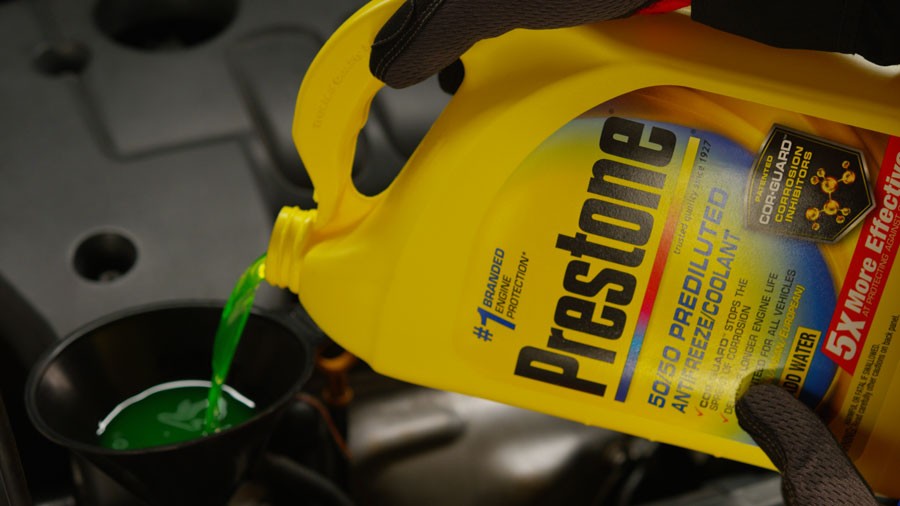Draining your radiator fluid is a crucial part of vehicle maintenance. Whether you’re performing a complete coolant flush or simply replacing old fluid, knowing how to drain your radiator correctly is essential. This guide provides a detailed, step-by-step process to safely and effectively drain your radiator fluid.
Preparing for the Drain
Before you begin, prioritize safety. Park your vehicle on a level surface, engage the parking brake, and use wheel chocks for added security. Allow the engine to cool down completely for at least an hour after running. A hot radiator can cause severe burns. Wear safety glasses and gloves to protect yourself from chemicals and potential spills.
Locating the Drain Plug
Open the hood and secure it in the upright position. Locate the radiator drain plug, typically found at the bottom of the radiator, on one side or the center. It may be a petcock valve or a bolt that needs to be loosened. Place a drain pan underneath the drain plug to collect the old coolant.
Draining the Fluid
If your radiator has a petcock valve, carefully turn it counterclockwise to open it. If it’s a bolt, use the appropriate wrench to loosen it slowly. Allow the coolant to drain completely into the pan. Once the flow stops, close the petcock or tighten the drain bolt securely.
Flushing the System (Optional)
If you’re performing a full coolant flush, follow the instructions on your chosen radiator flush product. This typically involves filling the system with a flush solution and distilled water, running the engine for a specified time, then draining the system again. A flush helps remove rust, scale, and other contaminants.
Disposing of Old Coolant
Properly dispose of the old coolant according to local regulations. Never pour coolant down the drain or into the environment, as it’s toxic to animals and can contaminate water sources. Many auto parts stores accept used coolant for recycling.
Refilling the System
After draining and flushing (if applicable), refill the cooling system with the correct type and amount of coolant recommended by your vehicle’s manufacturer. This information can be found in your owner’s manual. Use a 50/50 mix of coolant and distilled water unless otherwise specified.
Final Checks
Start the engine and let it run for a few minutes with the heater on high to help circulate the new coolant and remove any air pockets. Check for leaks around the drain plug and hoses. Monitor the coolant level and add more if necessary. Consult your owner’s manual for proper coolant level checks.
Seeking Professional Help
While draining radiator fluid is a manageable DIY task, if you’re unsure about any step or encounter difficulties, it’s best to consult a qualified mechanic. They have the expertise and tools to handle any complications and ensure your cooling system is functioning correctly.

